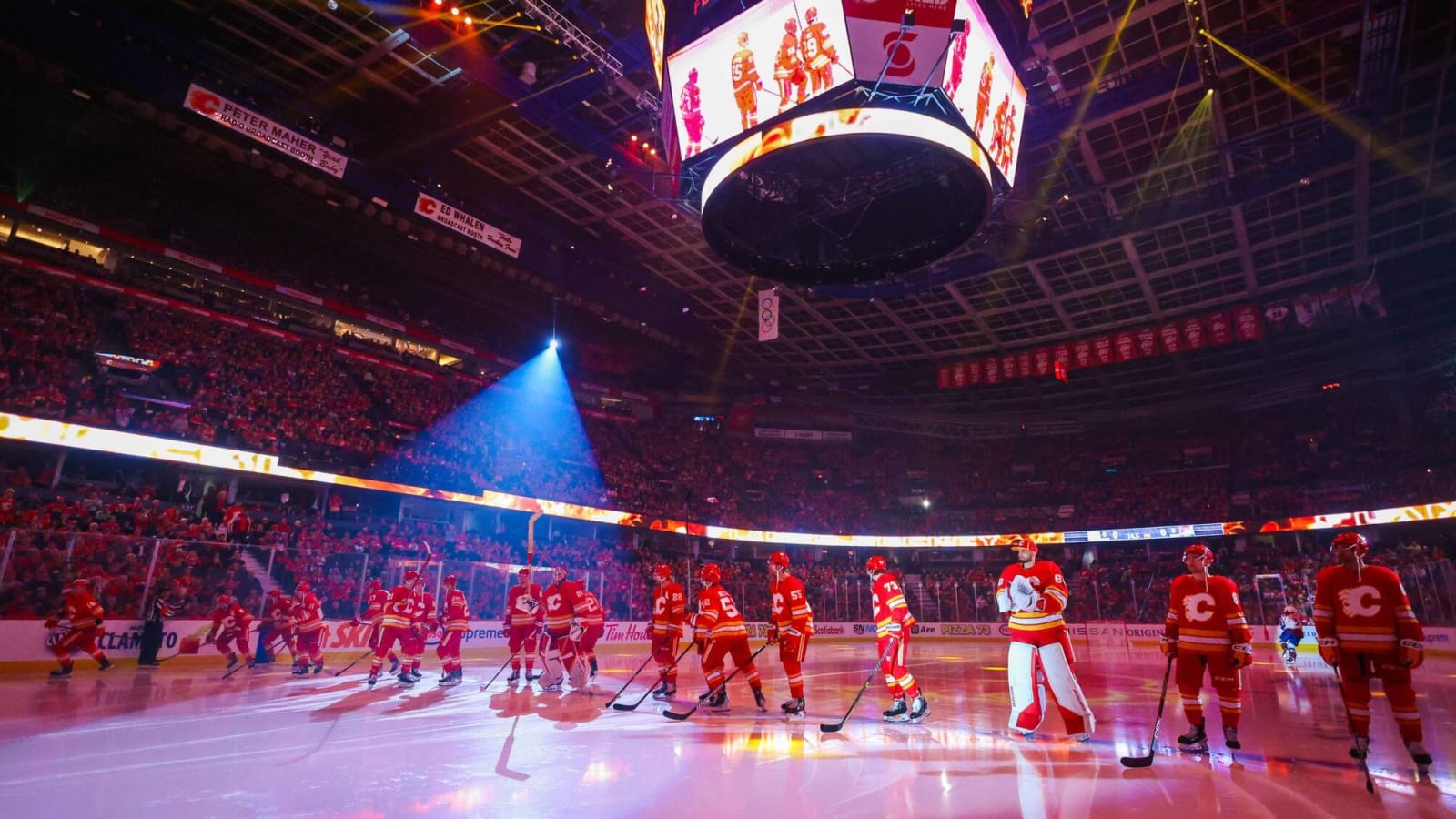
According to many, many reports from hockey’s media insiders, the Arizona Coyotes will play their last game on Wednesday and then leave the greater Phoenix area without a professional hockey team. There’s been a lot of navel-gazing from many in more traditional hockey markets about the demise of the Coyotes.
But let’s not forget, pals: the first attempt at major league professional hockey failed in Calgary, too.
High-end organized hockey in Calgary dates back many, many decades, but the majority of it was junior or semi-pro, not fully-fledged pro hockey. Most of the Calgary-based teams were part of regional leagues based in Western Canada, with the most prominent teams being the Calgary Tigers and Calgary Stampeders. They were strong teams and well-regarded locally, but they weren’t considered “big-time” hockey in the way the National Hockey League was (and is). With the NHL firmly entrenched in the east, it seemed unlikely that major league hockey would ever come to Calgary.
That all changed in the 1970s.
First, the NHL expanded to Vancouver in 1970. Next, the upstart World Hockey Association began play in Edmonton in 1972. Calgary almost got a WHA team in 1972, too, but team owner Bob Brownridge died and, unable to find suitable replacement ownership locally, the team folded and was replaced by a team in Cleveland.
But in 1975, the WHA landed in Calgary. For real, this time. And it really didn’t work.
So here’s what happened: a lot of the WHA’s modus operandi was disrupting the NHL’s operations. They went head-to-head with the NHL in several markets and, in almost every case, they were trounced and seen as a secondary brand to the dominant NHL. That’s how Calgary landed a WHA team.
The Philadelphia Blazers played the 1972-73 season as second fiddle to the Flyers (after failing to find an arena in Miami and being hastily sold and relocated), then were sold to Vancouver businessman Jim Pattison, who moved them to Vancouver to challenge the Canucks. After two seasons operating at a loss as the Vancouver Blazers, Pattison moved the Blazers across the Rockies to become the Calgary Cowboys in 1975.
The problems the Cowboys faced were multi-faceted:
- They played out of the 7,400 seat Stampede Corral, which capped the size of the potential fan-base and made the economics of the team pretty challenging.
- The WHA was, by that point, seen as a secondary hockey brand to the NHL, and when the Cowboys arrived it was becoming clear that the league wasn’t going to survive for long.
- In addition to the secondary brand stigma, a lot of hockey fans in Calgary didn’t really feel much of a connection to the WHA or the Cowboys. Longtime Calgarians had more of a connection to the junior and senior league teams playing in regional circuits, while transplants rapidly arriving in town from elsewhere in Canada brought their NHL allegiances with them.
The Cowboys played two seasons in Calgary. According to HockeyDB, they averaged crowds of 4,948 in 1975-76 and 4,313 in 1976-77. According to reports by the Calgary Herald’s George Bilych at the time, the club never turned a profit. High-level talks about the possibility of expanding the Corral’s seating capacity never seemed to gain any steam and by the time the NHL and WHA began discussing a potential merger, it was made clear that Calgary would require an arena of at least 12,500 seats to ensure the Cowboys’ inclusion.
With an insufficient building for major league hockey and an inability to cultivate a sustainable fanbase, the Cowboys folded in August 1977. Bilych summarized the Cowboys’ demise very succinctly in the Herald: “They never did gain total acceptance by the citizenry and their death 27 months later was very much predictable.”
A year after the Cowboys were shuttered, work began on a Calgary bid for the 1988 Winter Olympics. In May 1980, less than three years after the Corral was deemed insufficient for NHL hockey and bolstered by the promise of a new arena’s inclusion in the Olympic bid, NHL hockey arrived in Calgary after a consortium of local businessmen bought the Atlanta Flames and moved them north.
Professional hockey initially failed in Calgary. But the lessons learned from that failure have contributed to the Flames’ success in this market since the 1980s. Time will tell if Phoenix’s second chance will be as successful as Calgary’s has been.
More must-reads:
- Rangers sweep Capitals to advance to second round of NHL playoffs
- Canucks rally to take shocking 3-1 series lead over Predators
- The '100 catches in an NFL season' quiz
Breaking News
Customize Your Newsletter
 +
+
Get the latest news and rumors, customized to your favorite sports and teams. Emailed daily. Always free!

